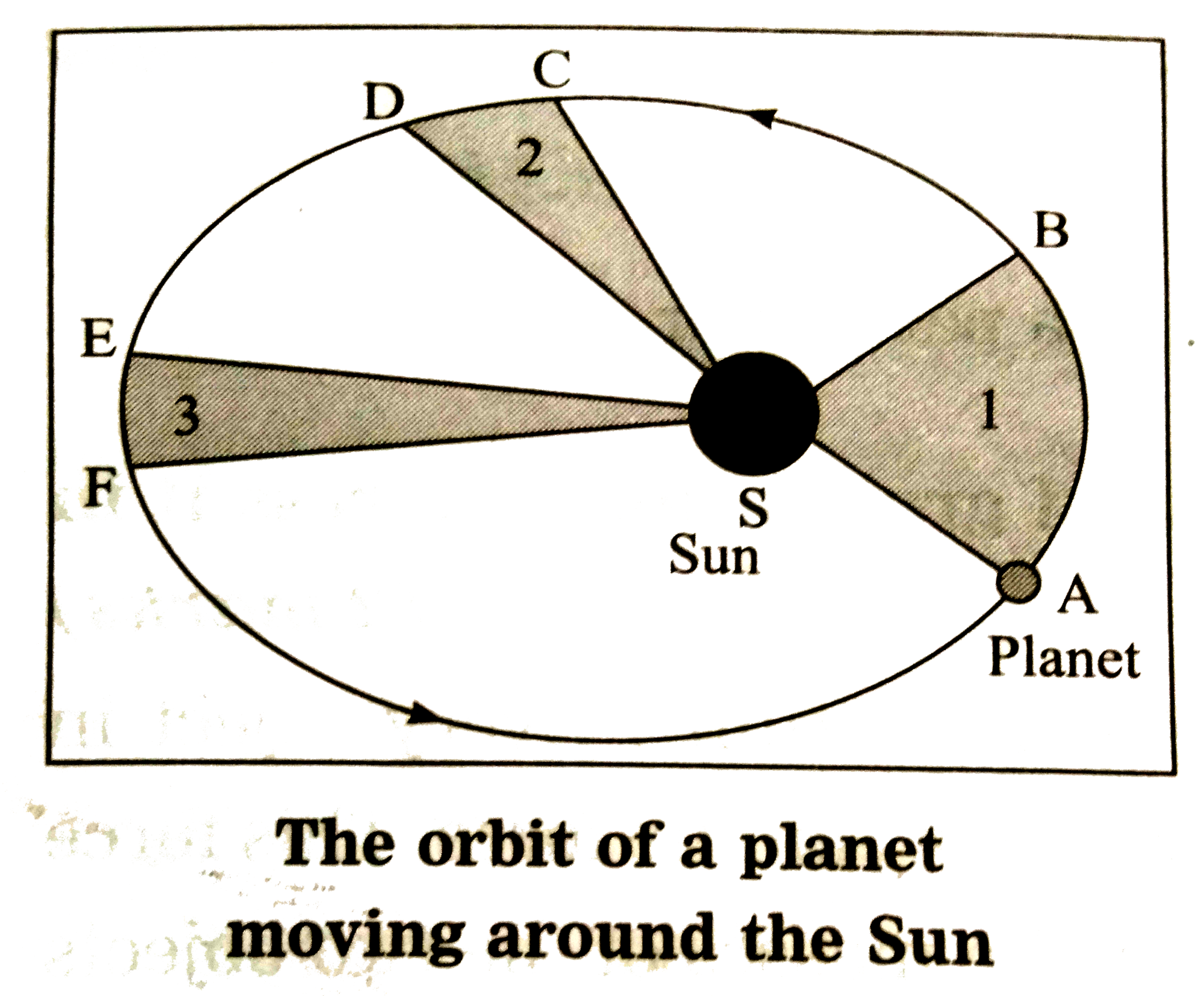InterviewSolution
Saved Bookmarks
| 1. |
Kepler's Law |
|
Answer» <P> Solution :Kepler's first law: The ORBIT of a planet is an ellipse with the Sun at one of the foci.The ADJOINING figure shows the elliptical orbit of a planet revolving around the Sun. S denotes the position of the Sun. Kepler's second law : The line joining the planet and the Sun Sweeps equal areas in equal intervals of time. Area ASB=area CSD=areaESF. Kepler's third law : The square of the period of revolution of a plant around the sun is directly proportional to the cube of the mean DISTANCE of the planets from the Sun. Thus , if r is the average distance of the planet from the Sun and T is its period of revolution , then, `T^(2) prop r^(3), ` i.e. `(T^(2))/(r^(3))` =constant =K For simplicity we shall assume the orbit to be a circle. In the adjoining figure, S denotes the poistion of the Sun, P denotes the position of a planet at a given instant and r denotes the radius of the orbit(`-=` the distance of the planet from the Sun ). Here, the speed of the planet is uniform. It is `v=("circumference of the circle")/("period of revolution of the planet")=(2pir)/(T)` If m is the mass of the planet , the centripetal force exerted on the planet by the Sun(`-=` GRAVITATIONAL force), `F=(mv^(2))/(r)` `therefore F=(m(2pir//T)^(2))/(r)=(4pi^(2)mr^(2))/(T^(2)r) =(4pi^(2)mr)/(T^(2))` Accordign to Kepler's third law, `T^(2)=Kr^(3)` `therefore F=(4^(2)mr)/(Kr^(3))=(4pi^(2)m)/(K)((1)/(r^(2)))` Thus, `F prop (1)/(r^(2))` as `(4pi^(2)m)/(K)` is constant in a particular case.  
|
|